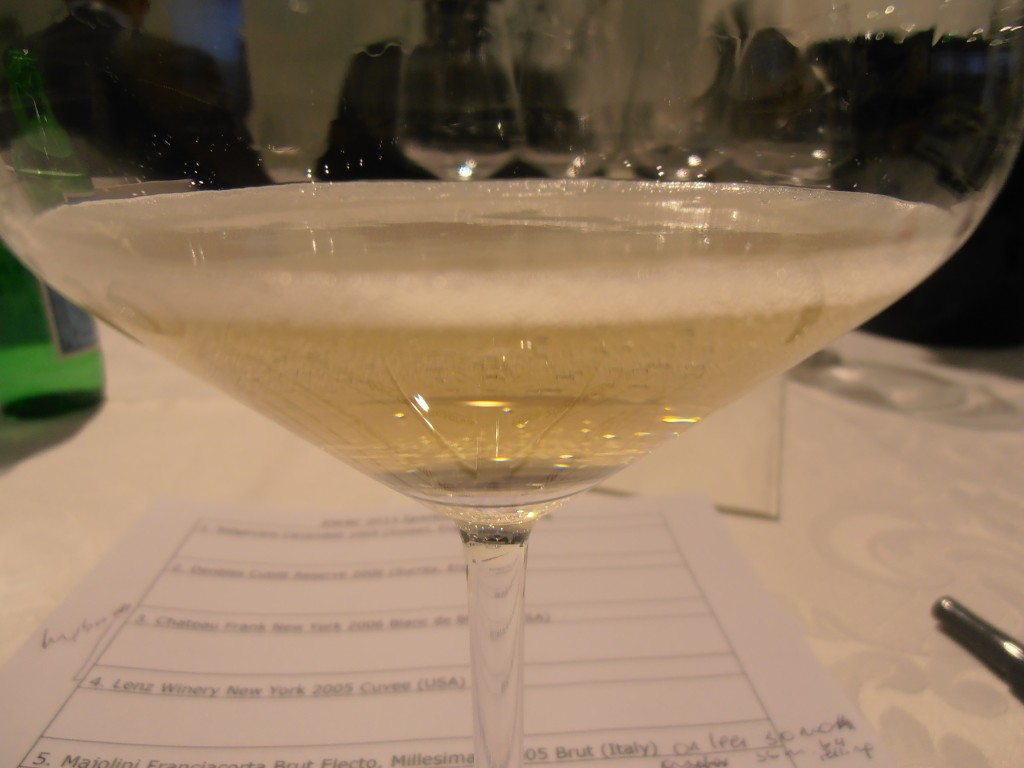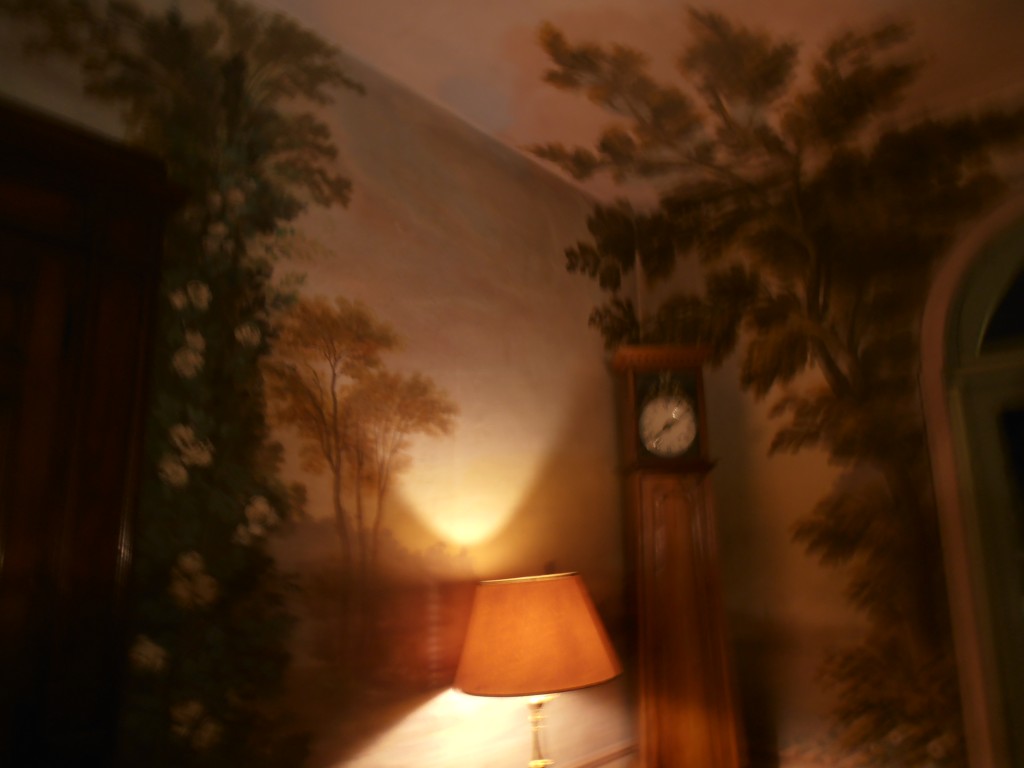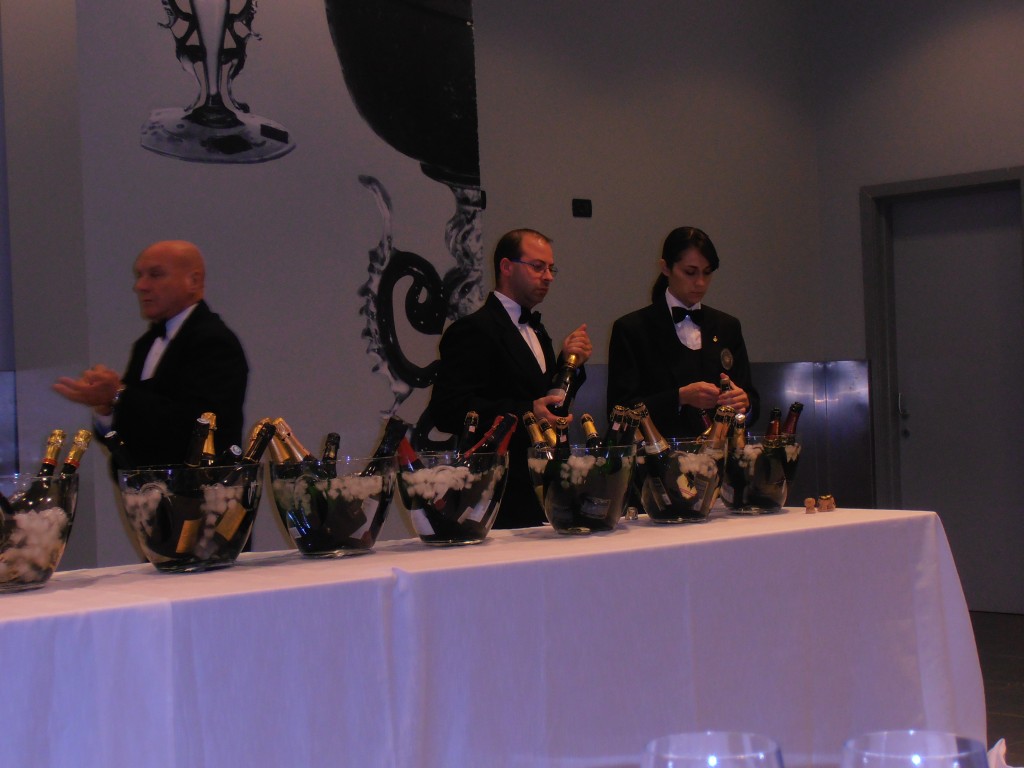Last week I attended my second #EWBC (European Wine Bloggers Conference). This year the conference really went global with 35 nations being represented amongst the 216 participants. Our hosts were the consortium of Franciacorta and the venue was the beautiful Santa Guilia chapel in Brescia, Italy. I was really excited to go to Brescia and learn more about Franciacorta as it is a sparkling wine region!
Franciacorta is located to the east of Brescia and it is a relatively small wine region encompassing an area which is 25 km wide and 10 km high. The wine region was originally developed by Bourgundian monks who settled here in the 13rd century. They became such a powerful presence that they were exempt from paying taxes to the bishops of Brescia. Because of this the area became known as Francae Cortae (Free of the Courts in Latin) which over the centuries evolved into Franciacorta.
Today Franciacorta DOCG is a synonym for high quality sparkling wine produced according to the Methode Traditional, or in other words produced by a second fermentation in the bottle and aged on the lees for at least 12 months and a further 6 months in the bottle. The FranciaCorte NV wines can only be released 25 months after harvest. Grapes used to produce the wine are Chardonnay, Pinot Nero (Noir) and Pinot Bianco. Besides the regular non vintage there are a further 3 styles of Franciacorta wines. Saten, which is made from 100% Chardonnay and has slightly less pressure (5 bar instead of 5.5) in the bottle. Saten means silken in Italian and it is true that these wines are slightly smoother, rounder and pretty silky in character! Saten is aged 24 months on the lees, and a further 6 months in the bottle and can only be released 37 months after harvest of the base wine. Franciacorta Vintage wines are aged in the same way as the Saten, but all 3 grape varieties can be used. A last category of Franciacorta is the Franciacorta Vintage Riserva which has been aged for 60 months and can only be released 67 months after harvest.
The Franciacorta concertium has invested heavily in quality – starting with precision viticultural techniques during the growing season and stringent yield and extraction restrictions at harvest. Furthermore all grapes have to be hand harvested and whole bunch pressed.
Franciacorta wines are characterised by a great minerality and freshness and are excellent food wines. The consortium showcased off their wines at the Mystery dinner on Friday. We were divided in 4 groups and each group had dinner at a different winery. My group visted Il Mosnel a beautiful winery which was first established in 1836. The original farm house has been beautifully restored and I really loved the murals. We tried some Il Mosnel Extra Brut when we first arrived at the winery, and I also tried the Il Mosnel Pas Dose paired with some of the hors d’oeuvres. It worked really well with the fresh salmon.
For the dinner I got to try the wines of Contadi Castaldi, another prominent Franciacorta producer. We tried the Contadi Castaldi Franciacorta Brut Rosé 2007 with our first course – a saffron risotto w dried liquorice and some creamy cheese – and they paired beautifully. The 15% Pinot Noir base wine in the Brut Rose and the extra aging gave plenty of body to the wine, and worked well with the rich saffron and cheese flavours and the red fruit notes enhanced the dried sweet liquorice in the dish.
For our second course, a veal “cube”, glazed in Franciacorta and served with rosemary mash we had the Contadi Castaldi Soul Satèn 2005. I really loved this wine, it was velvetty, minerally with notes of rosemary and sage and the food pairing really worked.
Unfortunately I missed the Franciacorta post trip but we did try some more excellent Franciacorta’s over our last dinner. And I was also lucky enough to start off the conference with a super sparkling wine tasting which lined up 10 wines from 5 different countries. I loved the opportunity to compare these different styles of sparkling wine and was impressed with the quality of the Franciacorte wines in the line up!
Below are some tasting notes of my favourite wines:
Ridgeview Cavendish 2009 – Sussex England (90% Chardonnay, 10% Pinot Noir):
Fresh elegant crispy wine with small bubbles and flavours of apple blossom, elderflower some saline notes and a little brioche in the lingering finish
Lenz Winery New York 2005 Cuvee – USA (100% Pinot Noir)
Dry wine with creamy bubbles, great body and acidity, and flavours of red apple, some red berries and a little toast in the finish
Raventos I Blanc extra Brut Gran Reserva de la Finca 2006 Spain (Cava Macabeo, Xarel·lo, Parellada)
Dry crisp wine with elegant small bubbles with flavours of ripe yellow apple, some kitchen herbs, some saline notes in the middle palate and hints of lemon rind in the lingering finish
Il Mosnel Franciacorta Pas Dose Riserva “QdE” 2004 – Franciacorta, Italy – 60 months on lees and 6 months bottle age after disgorgement. (60% Chardonnay, 30% Pinot Bianco and 10% Pinot Nero)
Dry silky wine with creamy bubbles and flavours of honeysuckle, quince and hint of sage in the finish.
Tarlant Extra Brut Cuvee Louis NV – Champagne, France base wine was barrel fermented, but no malolactic fermentation took place. (50% Pinot Noir and 50%Chardonnay)
Elegant wine with creamy bubbles and flavours of tarte tatin, little honey and some toasty notes in the finish.
Piper Heidsieck Brut Rare 1988 – Champagne, France disgorged in 2009
Dry and crisp wine w small bubbles and lots of flavours of honey, vanilla fudge, brioche and some caramel in the finish.
The last wine was really rare as it spend 20 years on lees!
PS A big thank you to Gloria Chang for providing me with a copy of the menu and the exact Contadi Castaldi wines!



